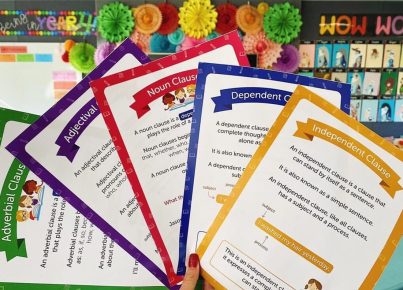Introduction:
Moral education plays a crucial role in shaping the character and values of students. By incorporating moral teachings into English language instruction, educators can help students develop a strong ethical foundation and become responsible, compassionate, and socially conscious individuals. This article will discuss various English teaching strategies to incorporate moral education in the classroom.
1. Literature Selection:
Choosing literature with themes of morality and ethics is an effective way to impart moral lessons through English teaching. Books like “To Kill A Mockingbird,” “Animal Farm,” and “Lord of the Flies” explore complex issues, such as racial discrimination, power dynamics, empathy, and individual responsibility. Including diverse texts exposes students to various perspectives on morality, prompting them to think critically about their own behavior.
2. Emphasis on Character Analysis:
By encouraging students to analyze the motives, decisions, and actions of literary characters, teachers can demonstrate how choices reflect underlying values and principles. Through class discussions or written assignments, students can reflect on how the characters’ actions align with their own moral compasses and examine the consequences of their decisions.
3. Role-playing Activities:
Role-playing activities allow students to step into characters’ shoes and make moral decisions within a fictional context. By navigating ethical dilemmas in a safe space, they can practice responsible decision-making, empathy, and active listening skills while engaging with English language learning.
4. Debates and Discussions:
Organizing class debates on moral issues encourages students to consider alternative viewpoints and develop persuasive arguments rooted in ethical reasoning. Students should be encouraged to use respectful language while defending their opinions, fostering healthy communication skills alongside moral learning.
5. Community Service Projects:
Incorporating service learning projects into English lessons promotes empathy, teamwork, and a sense of social responsibility as students apply their language skills for a greater good. They could create promotional materials for a local non-profit organization, interview community leaders for an article, or organize an event to raise awareness about a social issue.
6. Self-reflection and Journaling:
Self-reflection and journaling exercises help students internalize moral lessons by connecting them to their personal experiences. Teachers can encourage students to write about the ethical implications of various literature pieces, relate these themes to real-life situations, or describe a time they experienced a moral dilemma.
Conclusion:
Moral education and English language instruction can be effectively combined to foster ethical and responsible students. By incorporating themes of morality in literature selection, character analysis, role-playing activities, debates, community service projects, and self-reflection exercises, teachers can create engaging lessons that promote both linguistic and moral development. With diligent efforts from educators and receptive minds of learners, English teaching strategies that emphasize moral education will yield well-rounded individuals who contribute positively to society.




